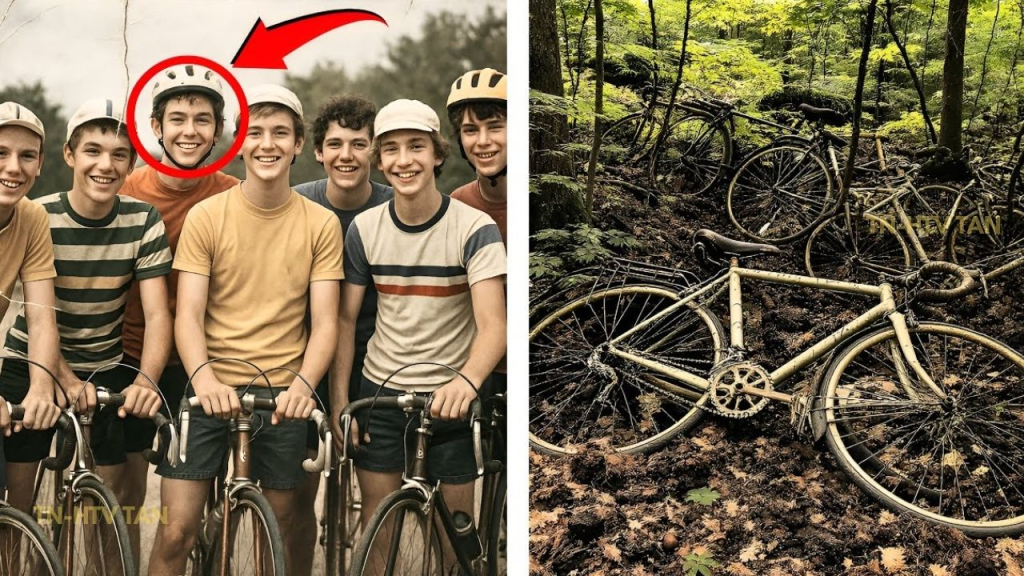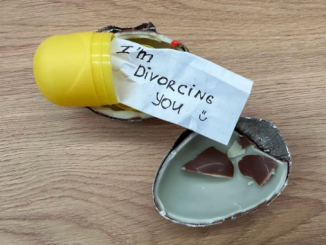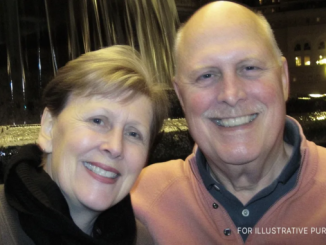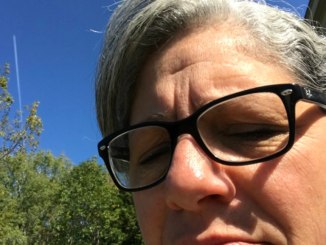
The sun was barely beginning to warm the asphalt when the seven young cyclists vanished without a trace. It was the morning of Friday, July 19, 1985, and the dry desert air of New Mexico smelled of scorched grass and suspended dust.
The group, made up of students from Las Cruces High School, had set out early on their annual bike trip to Radium Springs, following State Route 185. It was a tradition of the youth cycling club to ride along that rural road, flanked by alfalfa fields and old, abandoned farm buildings.
They carried light backpacks, enough water for the journey, and the carefree spirit of a generation accustomed to exploring without fear. The last time anyone saw them was at 8:30 a.m., when a delivery truck passed them near the intersection with the old road to Tonuco Arroyo.
The driver, an older man named Emilio Cortés, later stated that the boys were riding in single file, laughing, chatting, as if their only concern was to arrive on time at the meeting point at the rest area. At 10:00 a.m., however, they no longer responded to the coordinator’s radio call. By 11:00 a.m., there was no sign of them.
The initial report reached the Dona Ana County Sheriff’s Department at 11:45 a.m. A desperate mother, Mrs. Evely Navarro, had come personally to the station, still wearing her apron, pleading that someone do something. Her son, one of the cyclists, wasn’t answering his pager and hadn’t arrived at the campsite as usual. The officer on duty could barely jot down the details amidst the mother’s sobs.
What followed were the first hours of a search as haphazard as it was frantic. Local patrols patrolled the road. Volunteers offered their pickup trucks, and the high school principal suspended afternoon classes to ask for help. In the mid-afternoon, rudimentary drones borrowed from the State University were deployed, but they detected nothing. Not a single abandoned backpack, not a flat tire, not a dropped water bottle—nothing. The silence of the desert, so familiar to the local residents, became unbearable that afternoon. As night fell, the faces of the families grew more tense, paler, more incredulous. Some still believed the boys had deliberately strayed off course to explore the old irrigation facilities to the north, as they had done in previous years.
But as dusk approached, the sky turned a deep red and coyotes began to howl. A volunteer, passing near a ruined pumping station, thought he heard something. He stopped. He waited. And then nothing, only the wind, only silence. The following morning brought a more organized search effort.
State helicopters patrolled Route 185 from the crossroads to the last known crossing point. K9 units and specialized rural search teams joined the operation. The area was divided into quadrants and systematically searched on foot for hours. The old farm buildings, many of them abandoned since the 70s, were checked one by one. So were dry wells, abandoned irrigation canals, and overgrown watchtowers, but there was no trace of them.
There were no skid marks, no signs of an accident, and no eyewitnesses after the crossing at Tonuco. For the first 48 hours, the local media covered the disappearance extensively. News programs showed photos of the young men, homemade posters, aerial images of the desert, and confused statements from neighbors who claimed to have heard muffled screams or seen strange lights the previous night.
One theory suggested they had wandered into the Rio Grande by mistake. Another, more fanciful, spoke of human trafficking by armed smugglers. Most preferred to think of an innocent misadventure. No one wanted to imagine anything worse. By the end of the first week, with no clues or discoveries, media coverage faded. The sheriff’s department issued a statement officially acknowledging the disappearance of the seven cyclists and asking the families to remain patient and exercise caution. Despite initial efforts, resources began to dwindle. The case went from urgent to dormant, and then faded into obscurity. By the end of August, all that remained was a faded sign on the school’s door: “Come back soon.” In the following years, the story fell into even deeper silence. The families continued their search on their own, consulting psychics, hiring private investigators, and writing letters to members of Congress, but to no avail. One of the fathers, Mr. Adolfo Ríos, died in 1992, having never stopped cycling the entire route each anniversary. Another mother, Julia Torres, moved out of state, hoping that distance would ease the unbearable weight of not knowing. In 1995, an anonymous letter arrived at the editorial offices of the Las Cruces Sun.






Leave a Reply